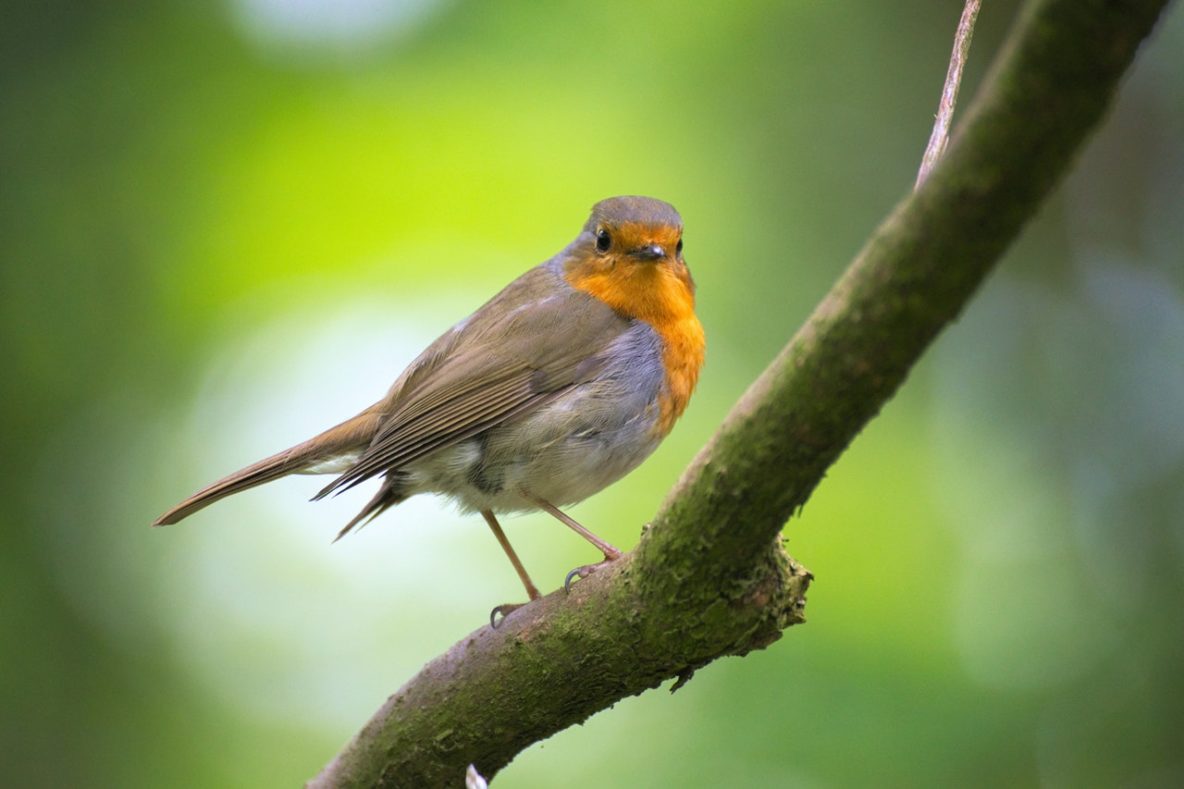PALO ALTO, Calif. — On a recent trip to visit my parents, I opened a journal from my senior year of high school to find something surprising. In almost all of the entries, I complained about never having enough time — to sleep, to think, to do a good job on anything. Describing a never-ending cycle of busywork and extracurricular activities, my teenage self sounds familiar: desperate to pay attention to just one or two things. In one entry, I’m sitting in a coffee shop doing homework and looking dolefully toward the Santa Cruz Mountains, wishing I could drop everything and see what’s over there.
When I read this, I thought about the students in my art classes at Stanford. When I was in high school, there was no Facebook, much less Instagram or TikTok. My life may have felt busy, but at least I didn’t have to worry about the accelerating effects of social media.
My students are growing up in a culture that is even more intensely individualized and fiercely competitive than it used to be, a punishing, Adderall-fueled version of my teenage years. I understand why it might be difficult for them to slow down for a class where I have them make painstaking collages, go on walking tours and take high-resolution scans of everyday objects. They are worried about their debt loads, their résumés, their careers. In my classes, they are liable to wonder why we’re spending time on something supposedly impractical. Time is precious; time is money.
Much of their time is taken up by advertising content, platforms and experiences that are cynically made to capture their attention on a device that is always at arm’s length. It’s well known at this point how bad this is for their capacity to concentrate. But the way that it is intertwined with economic worries makes it worse: The attention economy demands not just consumption but also the production and upkeep of a marketable self. The work of self-promotion fills every spare moment. In the age of the personal brand, when you might be posting not just for friends but potential employers, there’s no such thing as free time.
I can’t give my students more time in their lives; but what I try to do is change the way they think about and value it in the first place. My class typically includes students who aren’t art majors, some of whom may never have made art before. I give them the same advice every quarter: Leave yourself twice as much time as you think you need for a project, knowing that half of that may not look like “making” anything at all. There is no Soylent version of thought and reflection — creativity is unpredictable, and it simply takes time. It can be hard for them to accept that, since they are steeped in a mind-set of productivity hacks.
When I am bird watching, a favorite pastime that is, strictly speaking, “unproductive,” I have noticed that my perception of time slows down. All of my attention is collected into a single focal point, kept there by fascination and genuine, almost unaccountable interest. This is the experience of learning that I want for my students — that I want for everyone, actually — but it’s a fragile state. It requires maintenance.
That’s why I build time into my classes for students to sit or wander outside, observing something specific — for example, how people interact with their devices. I take one of my classes on a hike, using the app iNaturalist to identify plants and animals. Students don’t just need to be brought into contact with new ideas, they also need the time for sustained inquiry, a kind of time outside of time where neither they nor their work is immediately held to the standards of productivity.
Of course, even these tactics can be appropriated, turned into a tool to make people more productive. That partially explains the mindfulness craze that has swept Silicon Valley, and things like Facebook headquarters’ rooftop garden, designed with branching paths to encourage discussion and innovation.
But art, which I both teach and practice, is different. I want people to make work that is deliberately useless in a way that pokes at prevailing notions of usefulness. Art seeks not to resolve or produce, but remains (and, indeed, luxuriates) in the realm of questioning.
With nonstop dystopian news alerts and infinite social media feeds to refresh, the attention economy makes time feel contracted into an endless and urgent present. A simple awareness of history can help cultivate a different sense of time. While my classes are mainly art practice, I touch on art historical movements to give context to what we’re doing. It’s been a pleasant surprise to watch my students relate personally to things like Dada, an almost proto-punk “anti-art” movement from the turn of the 20th century. I myself have countered feelings of despair and distraction by reading history about the past trials and successes of activism, or taking historical walking tours of my own city. People with the longer view might stop feeling like unmoored producers of work and reaction and see themselves as actors grounded in real, historical time. This, just as much as the capacity to follow one’s own curiosity at length, might be the best way to fortify students against the forces that splinter our attention.
As students — and teachers and academic departments and the rest of society — feel the squeeze from a reductive, capitalist understanding of time and its “results,” it’s important to push back at whatever level we can. If we want students to be thinkers, then we need to give them time to think. I may have understood this even as a 17-year-old, stealing time to write about how there wasn’t any time. Then, as now, I wished we could all make an agreement: to just slow down.
By Jenny Odell

